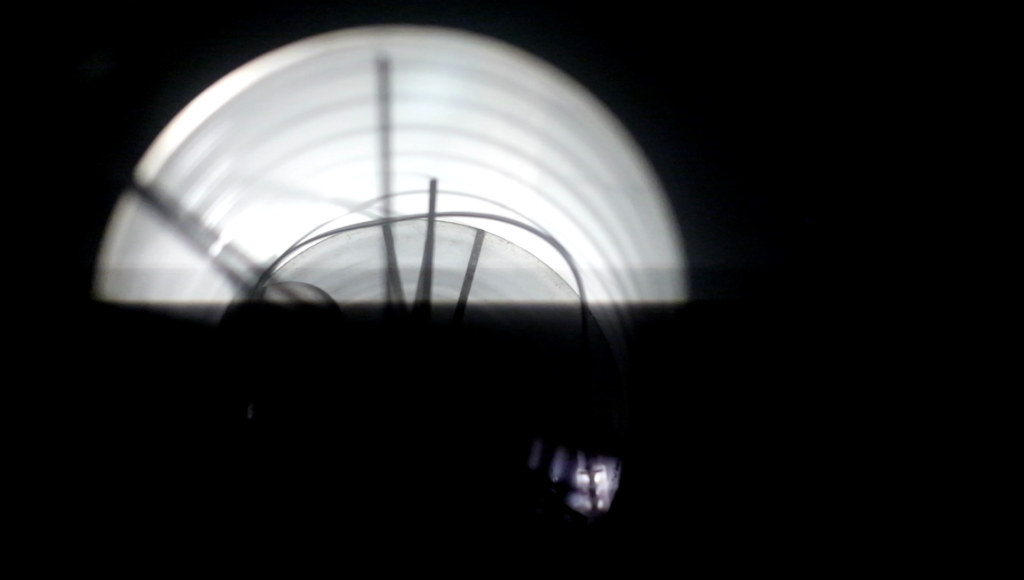
—
“Space is a practiced place”.
– Michael De Certeau. Practice of Everyday life.
As discussed in George Perec’s Species of Spaces there are specific activities which we enact in a kitchen (preparing meals, washing implements used for cooking and eating), and others which take place in the bedroom (sleeping, sex, storing clothes). Domestic spaces are delegated function and furniture to match.
A bedroom is a room in which there is a bed; a dining-room is a room in which there are a table and chairs, and often a sideboard; a sitting-room is a room in which there are armchairs and a couch; a kitchen is a room in which there is a cooker and a water inlet; a bathroom is a room in which there is a water inlet above a bathtub; when there is only a shower, it is known as a shower-room; when there is only a wash-basin it is known as a cloakroom; an entrance-hall is a room in which at least one of the doors leads outside the apartment; in addition, you may find a coat-rack in there; a child’s bedroom is a room into which you put a child; a broom closet is a room into which you put brooms and the vacuum cleaner; a maid’s bedroom is a room that you let to a student.
So is place simply a space that we have designated a use or function? Or perhaps even the overlaying of a memory of use or function? However what was designed for utility, for convenience or for hygiene, can also become a behavioural trap. So what happens to a space if it no longer has a specific designated use or function? Or if we simply refuse to follow the rules of which activity takes place in which room? Does it revert from a place back to simply a space? How does that affect our behaviour within it?
HOMEWORK was installed as a 16 channel audio work, shaped for and situated within my own home. A series of speakers of various types, along side transducers, attached to and in contact with various things, were placed through out the eight rooms of the house. The work was presented at night, with the interior of the house in darkness. A series of small LED globes where connected into various speakers so once the signal sent to a speaker reached a certain volume level the globe would engage, sending flickering light throughout the house, following the various intensities of sound. An additional four LED globes places inside bottles, run from a separate inaudible audio signal, where placed around the house.
The sounds used for the original HOMEWORK installation were largely collected from empty spaces of various sizes and uses; an office; a public toilet; a small store room; a large ex-factory, now studio space; my home. A series of recordings were made through simple gestures enacted in these locations; shoes striking concrete; body and clothes brushing against each other; creaking of doors; or rubbing microphones into the carpet. Additional sounds were generated through amplifying infrastructure found in a given room (such as an air conditioning unit) and then feeding it through the rooms various resonant items or surfaces, such as a filing cabinet (via transducers), and then further recordings where collected.
All these sounds were then arranged to both sound out the physical space that is my house, but also to overlay a new fictional space over the domestic one. Allowing the domestic items and rooms to blend and merge with the sounds and activities of other rooms and spaces to create the experience of a new space within a pre-existing one. Physical rattles, knocks and hums present as traces of previous activity which never took place. Well not in this space anyway. Pointillist clicks and knocks sounded out the full dimensions of the space, played back through various horn speakers placed at the extremities of house. Transducers places within the two aluminium sinks found within the house, vibrating cutlery and resonating the hollow forms, creating various rattles, hums and percussive sounds. An additional series of speakers played back the resonance of other rooms; stray shufflings and textures moving throughout the space.
The piece presented here is not indented as a strict document of the installation. Rather recordings were made in the various rooms of the house and then re-combined and arranged in an attempt to give some sense of the shifting densities of sound and the new spaces they created. Small excerpts of the original recordings have also been used and edited into the mix to provide additional detail. Other than simple layering and arranging, no additional processing or treatments have been made to the recordings.
—
TARAB/eamon sprod explores re-contextualised collected sounds and tactile gestures formed into dynamic, psycho-geographical compositions inspired by discarded things, found things, crawling around in the dirt, junk, the ground, rocks, dust, wind, walking aimlessly, scratchy things, decay and most if not all the things he hears and sees. More than simply documenting a given site, TARAB is interested in a direct engagement with our surrounds, teasing out half narratives, visceral sensation, false leads and heightened awareness. Recent works have consisted of multi-channel, site specific performances and installations for speakers, transducers, found sounds, found objects, microphones and elements of the performance/installation space itself.
TARAB/eamon sprod has presented performances throughout Australia, Europe, Japan, Korea, North and South America; compositional works have been published on labels including Naturestrip (AU), nonlinear (AU), 23five (US), Unfathomless (BE), Aposiopese (FR), Swarming (FR), Cronica (PT), Semperflorens (RU) and also his own sonicrubbish imprint formed in 2018.
eamon sprod is currently undertaking a Masters by Research at RMIT in Melbourne, of which the ongoing HOMEWORK project is a component.
sonicrubbish.com
